Foundations for Autonomous Finance - Part I: Machine Learning, Control Theory & Systems
Expertise still helps you build a defensible moat for finance in the AI economy
“If you don’t master technology and data, you’re losing to someone who does.” - Agustin Lebron
Over the past five years building autonomous trading systems at Lodestone Trading as a solo founder, I’ve developed strong opinions about which foundational ideas actually matter. LLMs can’t just magically place optimal trades from nothing: expertise in deep learning, control theory, decision theory still help you build competitive moats in autonomous finance. This Part I synthesizes this as technical prerequisites for AI-driven finance - theory, algorithms, and practice. Part II will focus on aspects related to markets and personal development. These aren’t comprehensive syllabi: they’re the works I keep returning to on subjects of AI, statistics, programming and systems design.
Machine Learning
Deep learning is the bread-and-butter of any modern autonomous financial trading system. Given how fast AI is evolving these days, most of the key information is to be found outside of books, in papers, GitHub repos and various social media. There’s more information out there to list than I have space or time: here is a minimal list of foundational papers behind any modern deep learning system.
Papers:
Adam: A Method for Stochastic Optimization (Kingma & Ba, 2014)
The de facto standard optimizer for deep learning.Attention Is All You Need (Vaswani et al., 2017)
Introduced the transformer module that revolutionized sequence modeling.Outrageously Large Neural Networks: The Sparsely-Gated Mixture-of-Experts Layer (Shazeer et al., 2017)
Building multi-modal models is often a good idea to model grouped patterns in data — think shifting market regimes or grouped trading patterns.Deep Residual Learning for Image Recognition (He, Zhang, Ren & Sun, 2015)
Skip connections helped solve the vanishing gradient problem and enabled training of very deep networks. The architectural insight applies far beyond computer vision.Batch Normalization: Accelerating Deep Network Training by Reducing Internal Covariate Shift (Ioffe & Szegedy, 2015)
Stabilizes training of deep networks by normalizing layer inputs. Essential for getting very deep networks to train reliably, though the reasons why it works are still debated. The practical speedups are real.Highway Networks (Srivastava, Greff & Schmidhuber, 2015)
Introduced gating mechanisms to allow information to flow through very deep networks. Precursor to ResNets and worth understanding for the gradient flow insights, especially when debugging why your 50-layer network won’t train.NVIDIA CUDA software and GPU parallel computing architecture (Kirk, 2007)
Understanding GPU parallelism fundamentals helps you write efficient training code and debug performance bottlenecks. The gap between naively written PyTorch and well-optimized code can be 10-100x in wall-clock time.Dropout: A Simple Way to Prevent Neural Networks from Overfitting (Srivastava, Hinton et al., 2014)
Still one of the most effective regularization techniques for deep learning.mixup: Beyond Empirical Risk Minimization (Zhang et al., 2018)
Simple but powerful regularization through linear interpolation of training examples. Particularly valuable in finance where training data is limited.
Books:
The Little Handbook of Deep Learning (Fleuret, 2023)
A book that does a great job at summarizing a lot of deep learning subjects. Freely available online in A5 and mobile formats, and the paper copy is adorably small. Perfect for a quick reference when you need to remember the exact formulation of some loss function or architectural detail.
The Elements of Statistical Learning: Data Mining, Inference, and Prediction (Hastie, Tibshirani & Friedman, 2001)
A straightforward presentation on statistical learning from data. Pre-dates the AI era, but its plain exposition of linear modelling is top-notch and relevant to designing deep neural models today. Chapters on model selection and regularization are particularly relevant.
Machine Learning: A Probabilistic Perspective (Murphy, 2012)
I’ve yet to find a text that manages to cover the diverse fields of machine learning while being reasonably deep (hah), accessible and instructive. Covers the gamut of generalized linear models, latent variable models, graphical models, kernel methods, Gaussian processes, inference methods and some deep learning, with a Bayesian flavor throughout.
If you enjoyed the above reads, subscribe for free to get notified of Part II - a reading list on macro, history, and personal development for autonomous finance! Lodestone Trading also writes about AI, finance, macro.
Trade Execution
Even if you excel at model learning, you still need to place trades and execute on the outputs of the model. Control, optimization methods and game theory come up a lot when thinking about trade execution and transaction costs. Here’s a set of texts that you’ll want to revisit through to get it right.
Algorithms for Reinforcement Learning (Szepesvari, 2010)
Short and sweet survey of RL. Covers the core algorithms in ~100 pages without the fluff. A good first pass before diving into Sutton & Barto or more specialized texts on stochastic control.
Dynamic Programming and Optimal Control, Parts I & II (Bertsekas, 2012)
My favorite treatises of dynamic programming and optimal control. Volume I covers deterministic control and is pretty accessible. Volume II handles stochastic control and approximate methods (like neural network value functions). Dense, but worth the effort.
Markov Decision Processes: Discrete Stochastic Dynamic Programming (Puterman, 1994)
The definitive (and dense) reference on MDPs and dynamic programming. A valuable companion to the slightly more general Bertsekas texts on optimal control above.
Applied Optimal Control: Optimization, Estimation and Control (Bryson & Ho, 1969)
Dense 1960s notation, but the continuous-time optimal control foundation is unmatched. Consume this one slowly like a fine glass of wine.
Market Microstructure Theory (O’Hara, 1995)
Explains the economic forces behind bid-ask spreads, price impact, and liquidity. Inventory risk models show why market makers adjust quotes, adverse selection models explain how prices move with order flow, and transparency discussions clarify information propagation. Although examples date from the days of floor trading, the theoretical insights directly inform modern execution algorithms and market making strategies.
Theory of Games and Economic Behavior (von Neumann & Morgenstern, 1953)
The original text behind game theory. Historical importance aside, it’s surprisingly readable and the treatment of utility theory and strategic behavior remains foundational for thinking about competitive execution and market impact.
Mathematical Foundations
I consider these timeless classics for reasoning about uncertainty, optimization, and stochastic systems - prerequisites for everything above. These ideas undergird much of the modern world. Ideas from these references enable countless methods in autonomous finance.
Optimal Statistical Decisions (DeGroot, 1970)
Bayesian decision theory from first principles. The loss function framework is essential for thinking rigorously about trading objectives beyond simple return maximization.
The Foundations of Statistics (Savage, 1954)
I consider this book to be an off-the-beaten-path take on probability and statistics compared to the more standard graduate texts. Its presentation on decision theory under uncertainty makes it a great companion to the DeGroot text above.
Stochastic Calculus for Finance I & II (Shreve, 2004)
Essential for understanding derivative pricing and stochastic control — appears everywhere in quantitative finance. The intersection of this with deep learning could be interesting and useful (e.g., https://www.cs.toronto.edu/~duvenaud/talks/sdes.pdf).
Convex Optimization (Boyd & Vandenberghe, 2004)
Free online version available. The most accessible treatise on convex optimization, with useful examples and exercises. Portfolio optimization, risk management all reduce to convex problems under the right formulations.
Numerical Optimization (Nocedal & Wright, 2006)
Sure, you could try existing numerical optimization libraries and hope they’re implemented right… or you could read this book and roll your own quasi-Newton methods and constrained optimizer that actually scales. I ended up doing the latter for the systems at Lodestone Trading — if you find yourself in such a position, this is a book for you.
Active Portfolio Management: A Quantitative Approach for Producing Superior Returns and Controlling Risk (Grinold & Kahn, 1994)
The canonical text on quantitative portfolio construction. Written for long-only equity managers but the mathematics apply to any multi-asset portfolio problem. Dense in spots, but you can skim the quaint-by-modern-standards sections on forecasting, and focus more on portfolio optimization and performance measures.
Systems & Ops
Early Warning Signals (Graham, 2025)
Business metrics framework that applies directly to trading P&L monitoring, risk management dashboards, and operational health. Surprisingly relevant for ops engineers despite business-y framing.
Linux Kernel Development (Love, 2010)
I don’t write my own kernel modules, but this book has been invaluable in helping me with engineering and architecture at Lodestone Trading. The chapters on process and memory management are musts for engineering any serious autonomous finance system.
Introduction to Algorithms (Cormen, Leiserson, Rivest, and Stein, 1989)
Yes, vibe coding is great and Claude Code is a better programmer than I, but the fundamentals on data structures, complexity analysis, and algorithmic thinking still matter a lot if you’re looking to build an autonomous system for trading. If you haven’t got a copy yet… go get one now.
If you enjoyed the above, subscribe for free to get notified of Part II - a reading list on macro, history, and personal development for autonomous finance! Lodestone Trading also writes about AI, finance and macro.


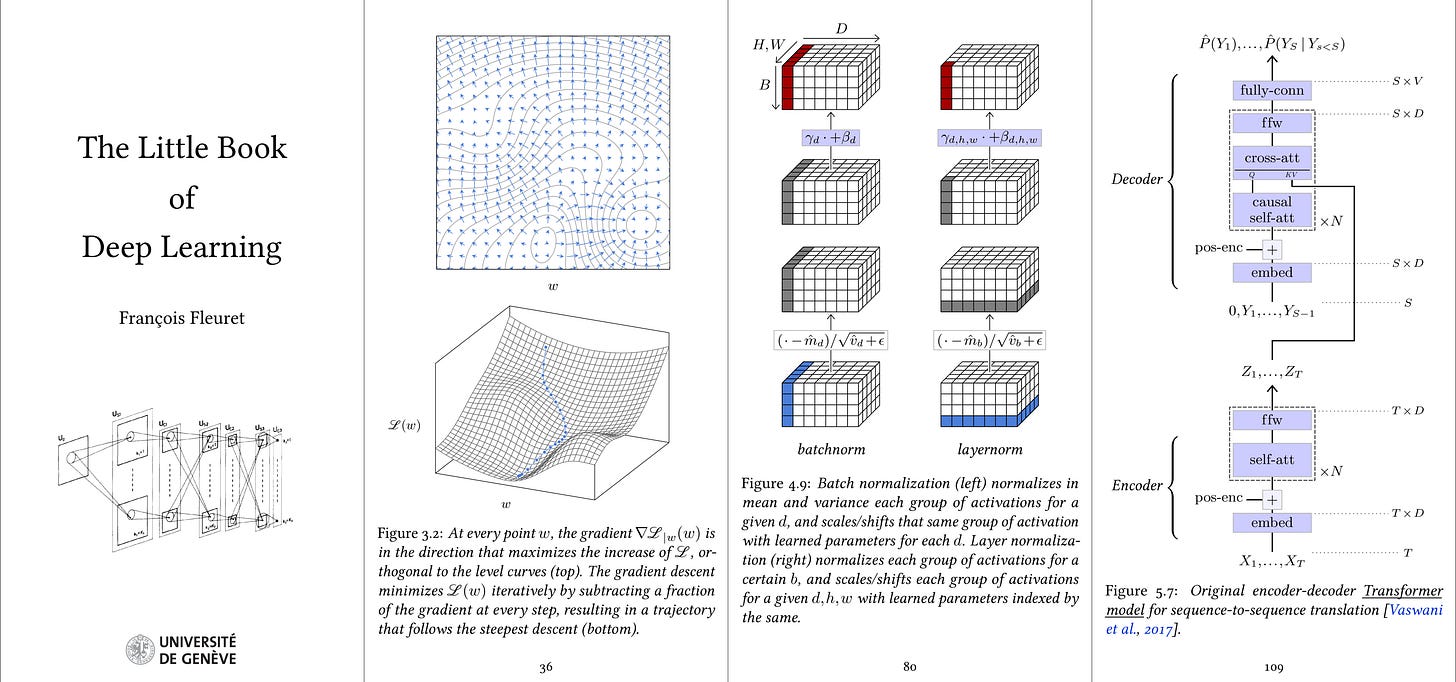
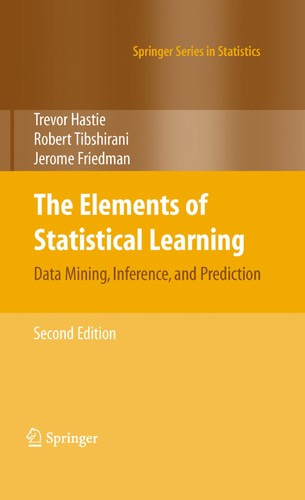
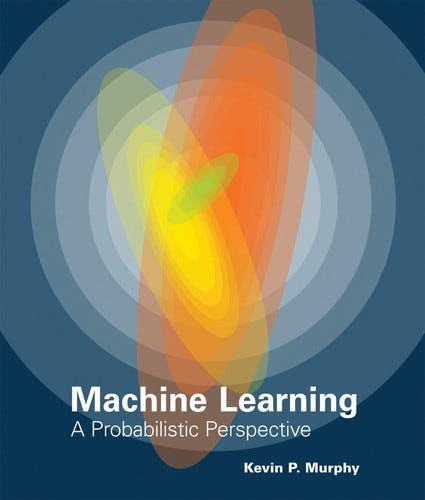

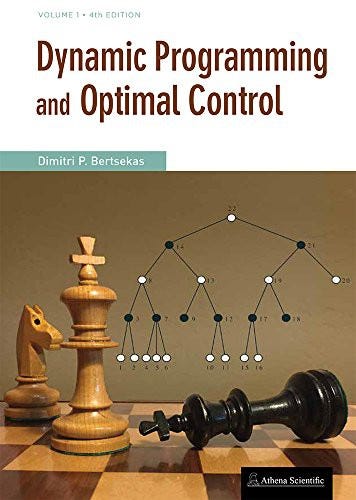
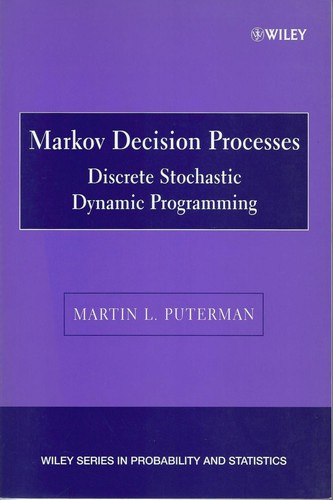

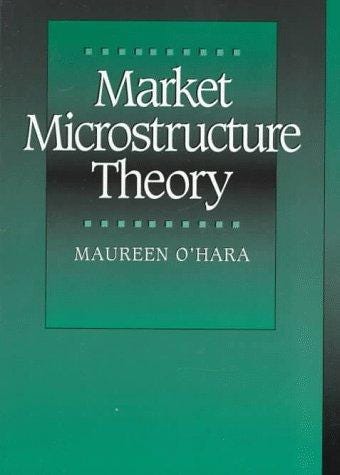
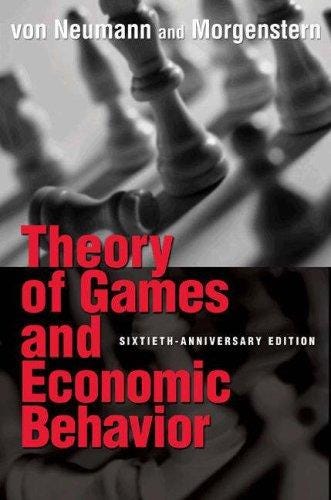
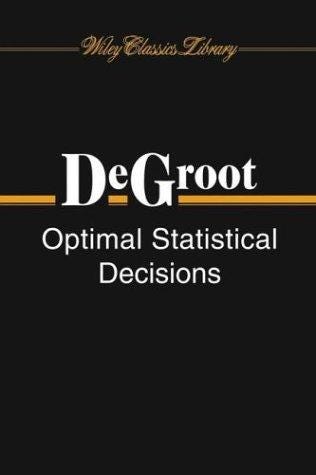
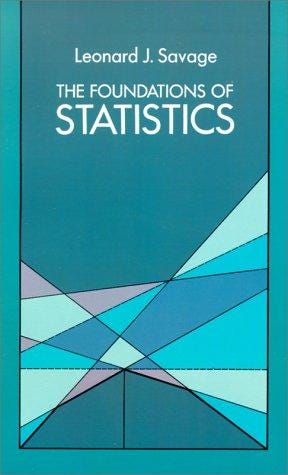
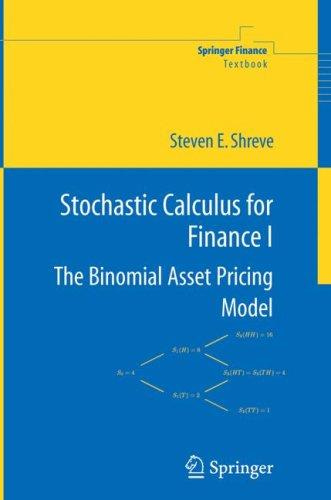
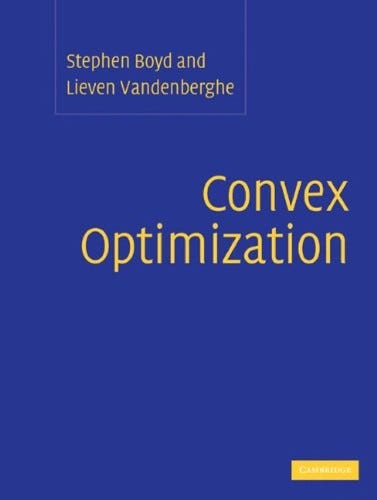


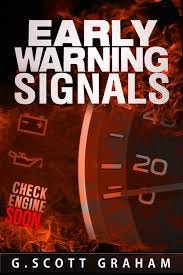
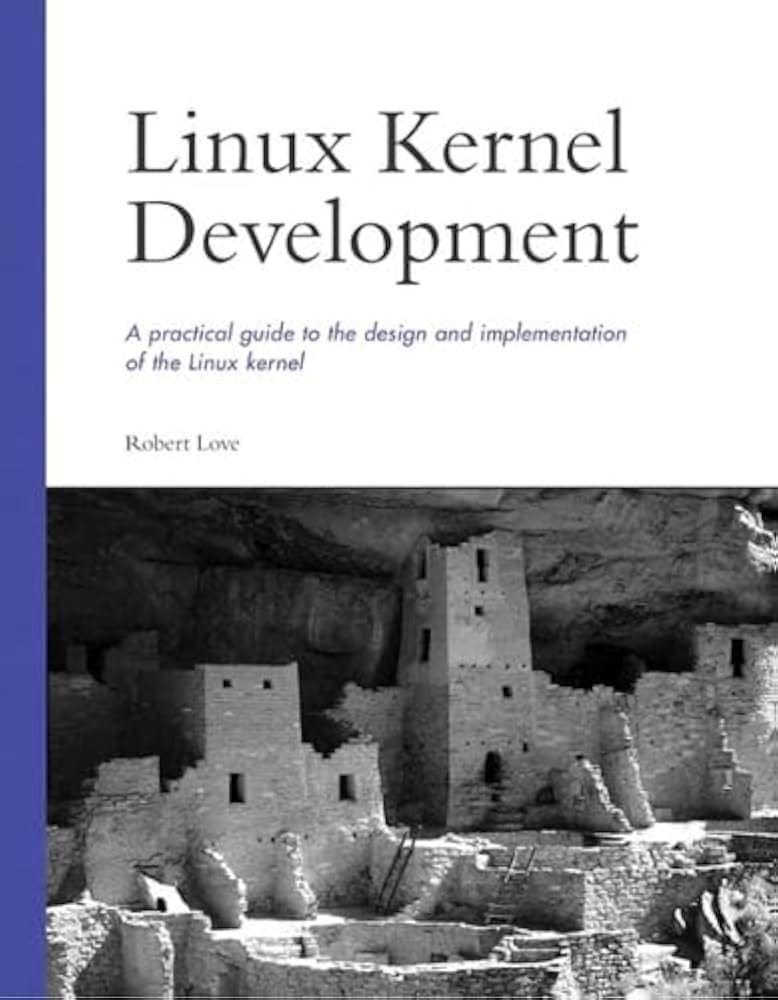

It's interesting how you've synthesized these prerequisites. I completely agree that foundational mastery in deep learning and control theory is paramount, especially with how fast the field is moving. Relying on cutting-edge papers and repos over books is absolutley the way to go for competitive autonomous systems.